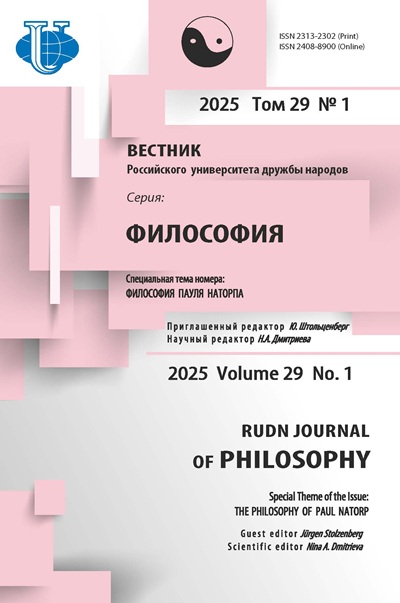Abstract
The review is focused on the analysis of H. Ruthrof’s book based on the belief that I. Kant’s “Critique of Judgment” contains a detailed platform of “proto-hermeneutics”. This work is considered as the basis for the subsequent formation and development of a variety of hermeneutical schools. Examining the content of this academically significant and valuable history of philosophy study, based on a large number of carefully analyzed sources and interdisciplinary material, the review authors polemically discuss Ruthrof’s approach to the second part of the third critique as the main fragment of Kant’s work containing the roots of hermeneutic thinking developed in the doctrine of reflective-teleological judgment. The authors substantiate the thesis that the foundations of hermeneutical thinking are laid by the categorical structure of the third critique in its entirety, the whole set of ideas developed in its context about the dynamics of the relationship between experience, productive imagination, intellect, both the determining and the reflective ability of judgment, which depend on the meaning-creation activity of reason. This allows them to consider the subject of cultural creativity in the unity of the cognitive, aesthetic and moral vectors of his activity. It is shown that the birth and subsequent development of hermeneutics is associated with a essential rethinking of the provisions of the third critique in terms of emphasizing the historical and linguistic aspects of human creativity. The classification of schools of hermeneutics proposed by the book’s author is considered in detail, which allows to evaluate his significant contribution to understanding the specifics of the evolution of this trend of post-classical philosophical thought.

















